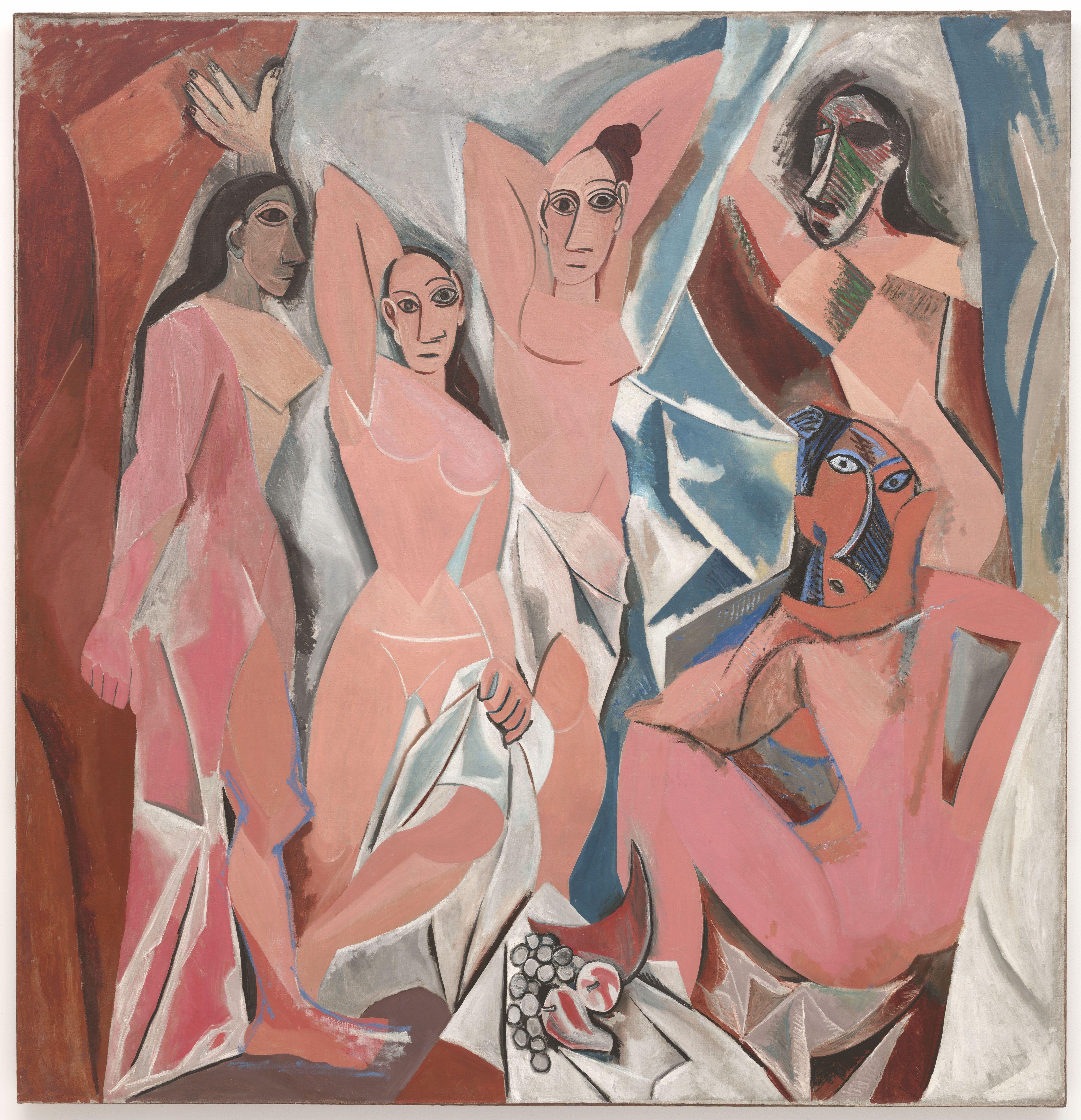I honestly have no idea what to say. Mostly because I had not a single idea of what was going on.
Did that art installation have anything in the beginning have anything to do with it? There were books on gay sex and carved wooden figures and t shirts. I don’t know. What was the point?
Then the actual performance was in this interesting room. A pitch black room with a metal frame cube at one end and a white screen beside it. It was a really interesting stage. There were three distinct parts of the performance it seemed, with one woman each for the first two and three men dancing in the last. Actually there were a lot of interesting elements. Such as utilizing the top of the cube for the mattress and breaking the wall of the back, the moving of the screen, the moment when they decided to hand out chairs instead of setting them in the beginning, and the usage of wigs in the performances of the women. I liked how the moved the stage from the ‘front’ of the room to the ‘back’ of the room too. What I don’t get is how anything fit together. Was there any meaning at all in the performance? I guess I could find some meaning in how they were all African American performers, but I don’t know what that means. I suppose anal sex was mentioned a lot too. Was it too shock the audience or something? Rebel against societal conventions of what was acceptable in conversation???? But in that case all the other stuff should have been shocking too. But mostly it just didn’t make sense!!!!!
As as you can see by my usage of punctuation marks, I am really frustrated at this performance. Why?????????????? That’s my question for this performance. Am I missing some cultural references???? Is there some underlying meaning? Was it meant to shock the audience? Mostly I was really bored and sleepy. If that was the point, surely there were less intensive ways to go about it. I want to try and analyze this but mostly I can’t make any sense of it. If that was the intention, then good job. This was worse than the last one with the endless folk dancing, I didn’t think it possible.
Jessica Ng




